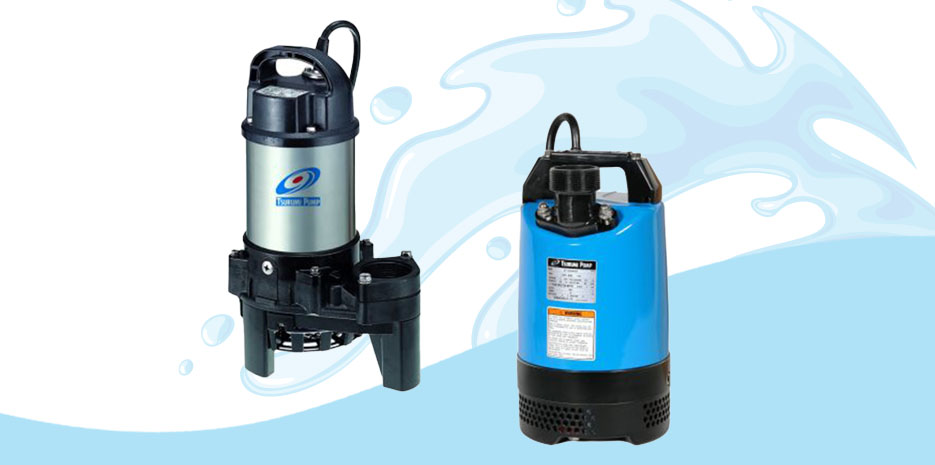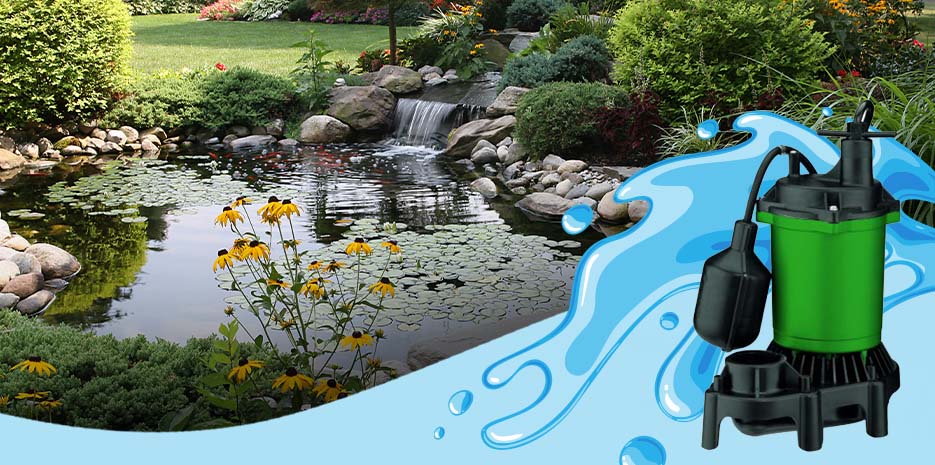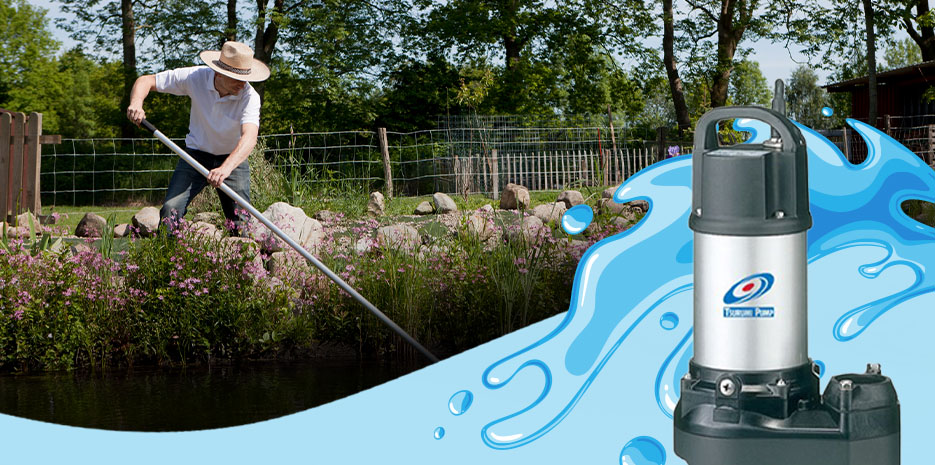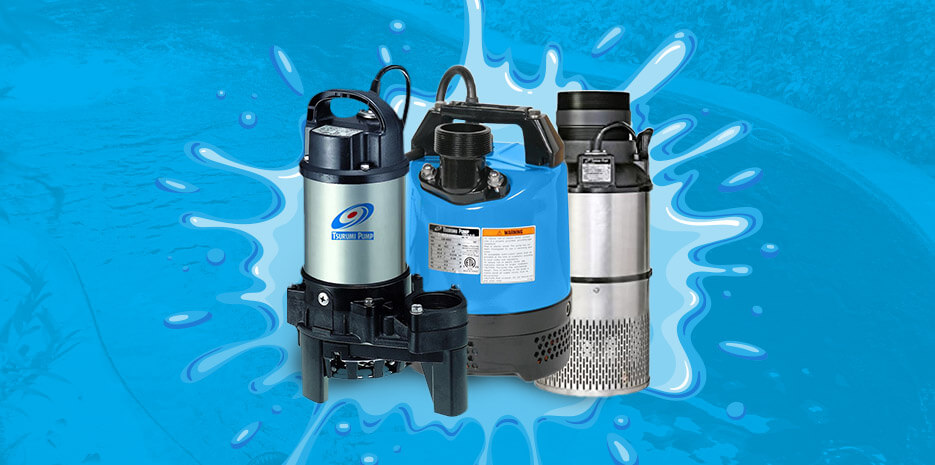Water Booster Pump for Home
- By Eli Weinstock
- Apr 9, 2024
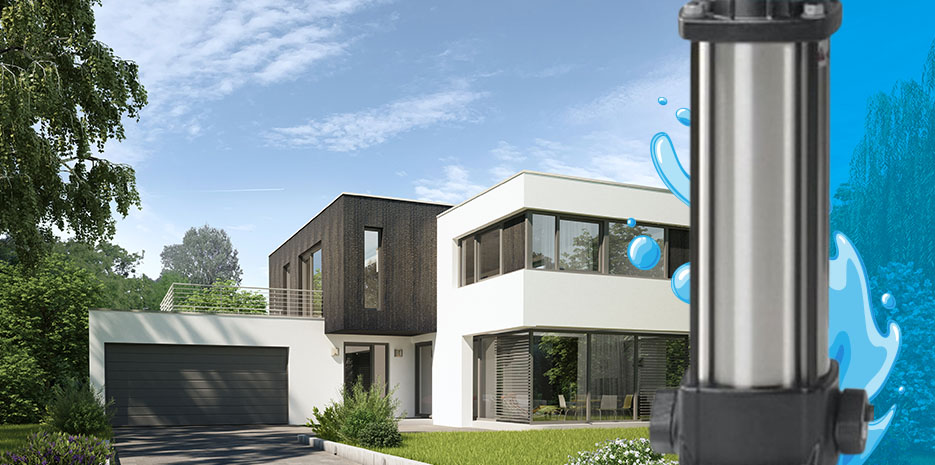
Residential water booster pumps improve water pressure for homes with low-pressure systems. To choose the best water booster pump for your home, you must consider several factors, such as your home's water flow rate and distance from your water supply. A high-quality booster pump provides the water pressure you need to shower, wash dishes and operate your water appliances efficiently.
What Is a Water Booster Pump?
A water booster pump for a house can increase water pressure and flow throughout the entire home. It uses a rotating impeller to push water through pipes faster and more powerfully in low-pressure systems. Booster pumps typically consist of the following components:
- Motor: A booster pump's motor powers the impeller so it can spin.
- Impeller: The impeller spins to add force to your water's movement.
- Inlet and outlet: Water moves from your water supply to your booster pump through the inlet and exits the pump into your plumbing system through the outlet.
- Sensing device: A sensing device helps maintain the desired pressure level. It activates the booster pump when it senses low water pressure or flow.
A water booster pump is helpful in homes that don't have enough pressure from their primary water supply. It makes water move faster and stronger through your pipes so your water fixtures can function more effectively.
What Is the Difference Between a Booster Pump and a Pressure Pump?
Pressure pumps and booster pumps differ in design and application. Manufacturers design pressure pumps to maintain a system's consistent water pressure, and they design booster pumps to increase this pressure and flow. A water pressure pump provides enough force to move water, but a booster pump provides extra force for increased water pressure and flow.
Causes of Low Water Pressure
The following factors can cause a home to have low water pressure:
Low Water Plant Pressure
Some homes have low water pressure because of the city's water plant pressure. If your local water plant's pressure is low, your home's water pressure will also be low. However, installing a water booster pump can increase your home's water pressure.
Plumbing Complications
Sometimes, you may need to check and repair your plumbing system before installing a water booster pump. A clogged pipe, corroded pipe or pressure valve may be to blame for low water pressure. You may notice a sudden or unusual water pressure drop if your plumbing system is to blame, so seeking professional assistance is best in cases like this.
A plumber can help you unclog a pipe, replace a corroded pipe or readjust a pressure valve so your plumbing system is in top shape before you install your booster pump.
Gravity
Gravity can support or hinder water flow and pressure depending on where a home is located. When a home is lower than its water source, gravity provides fairly decent water pressure. However, gravity can impede water flow and pressure if a house sits at a higher elevation than its water source. If your home sits on a hill or your building has multiple stories, a booster pump can add the force necessary to push water upward at a faster rate.
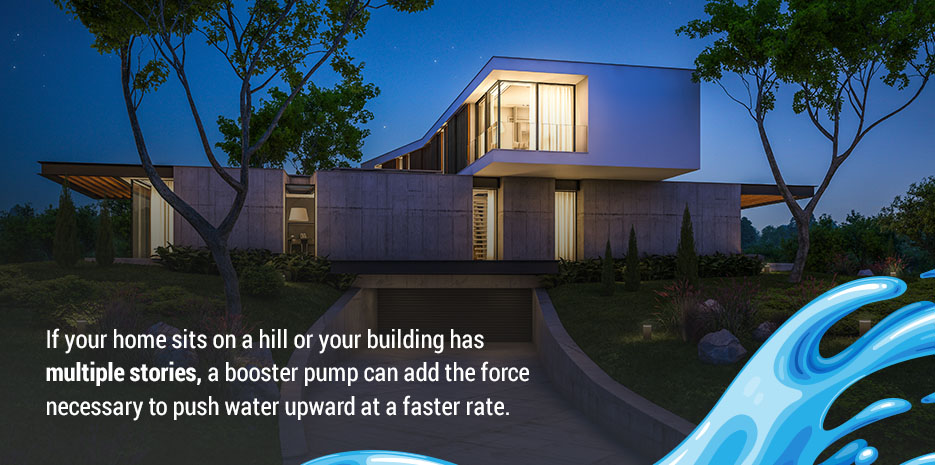
Distance
Your home's distance from its water source can also affect water pressure. Water loses pressure the longer it has to travel to reach your house, and it loses more pressure if you have small pipes because less water moves through your home's water fixtures at a time. A booster pump can increase your water pressure if your home is located at or near the end of the city's water supply line.
Additional Water Fixtures
Adding extra water fixtures to your home, such as an additional shower or dishwasher, can decrease your water pressure. A booster pump is an excellent addition to restore or increase water pressure when multiple fixtures reduce it.
Benefits of Water Booster Pumps
Water booster pumps are incredibly beneficial for homes with low-pressure water systems. Installing a booster pump offers the following advantages:
Convenience and Appliance Protection
Increased water pressure can make daily tasks easier. With higher pressure, you can wash and rinse dishes faster. Boosting your water pressure can also help you protect your water appliances. High water pressure places less strain on dishwashers and washing machines, reducing wear and tear and extending their life spans. Installing a water booster pump can help you save money on water appliance maintenance and replacements.
Comfort
Higher water pressure can also increase your comfort. With enhanced pressure, you can spend less time in the shower trying to rinse soap or shampoo off and more time enjoying the relaxing hot water. Low water pressure can be frustrating, but a booster pump can resolve slow-moving water.
Energy Efficiency
Water booster pumps can decrease your household's overall water consumption, reducing your energy usage and monthly water bills. When your home's water pressure is low, your water appliances must use more water to complete jobs, and you most likely need to take longer showers to rinse off and feel clean. A water pressure booster allows you and your appliances to complete tasks with less water, which is better for the environment and your budget.
Greater Home Value
Installing a booster pump can help you increase your home's value. Potential buyers care about a home's features and functions, and quality water pressure is an important part of purchasing decisions. If you install a booster pump, you can attract more potential buyers and set a higher asking price if you decide to sell your home in the future. The more value you can add to your home, the higher your return on investment is.
How to Choose a Water Pressure Booster Pump for Your Home
Choosing the best water booster pump for your home depends on the following factors:
Flow Rate
Your home's water flow rate measures how many gallons of water your water appliances receive per minute. While water flow and pressure are different, they affect each other. For example, pressing your finger over the end of a hose increases water pressure but decreases flow, and removing your finger reduces pressure while increasing flow.
When you want to increase your home's water pressure, you must also determine how much of a pressure increase your system can withstand without compromising flow. When a toilet flushes, you want other fixtures, such as your shower, to maintain adequate water flow and temperature.
You should measure your home's peak and service flow rates for the greatest accuracy. The service flow rate indicates a fixture or appliance's normal flow rate when it runs while other fixtures are off. The peak flow rate indicates your home's maximum water flow when every water fixture and appliance is running.
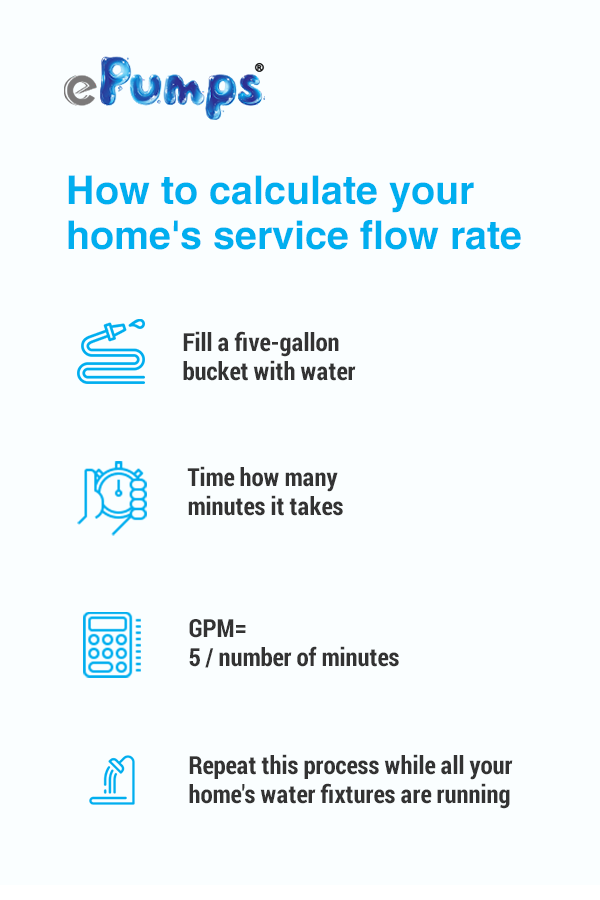
You can calculate your home's service flow rate using your garden hose, a stopwatch and a five-gallon bucket. Complete this process in the following steps:
- Fill the bucket: Use your garden hose to fill the bucket with water, and time how many minutes it takes for the bucket to fill.
- Calculate the GPM: Divide five by the number of minutes to get your measurement. For example, if the bucket fills in two minutes, you would divide five by two for a flow rate of 2.5 gallons per minute (GPM). Repeat this process while all your home's water fixtures are running to determine your home's peak flow rate.
Water Usage
The amount of water your household typically uses is also important when choosing a pressure booster pump. For example, four people in a three-bedroom, two-bathroom home typically use more water than one person in a two-bedroom, one-bathroom home. You will need a larger booster pump if your household typically uses multiple water appliances at a time.
Home Location
The pressure increase your home requires depends on its location. Since distance and gravity affect water pressure, a home farther away from or higher above its water source requires a more powerful booster pump than a home that's closer to its water source. Choosing the highest-power booster pump available is ideal if your home is high on a hill or has several stories.
Power Source
Choosing a pump compatible with the power source you plan to use is essential. Some booster pump models operate on electricity, while others are gas-powered.
Brand
Purchasing a water pressure booster pump from a reputable brand can help you save time and money on repairs or replacements. High-quality booster pumps last longer and operate more effectively than other models, so be sure to order a pump from a company you trust.
Energy Efficiency
The brand you choose should also offer excellent energy efficiency. The more efficient your booster pump operates, the more energy you can conserve. An energy-efficient model also helps reduce your energy bill.
How to Size a Water Booster Pump
The size of a booster pump is also essential when choosing the right option for your home. Consider the following types of booster pumps to select the best one for your needs:
- Single-impeller: A single-impeller booster pump may provide adequate water pressure if your home has slightly low water pressure but is somewhat close to your water source. Single-impeller booster pumps are also suitable for one-story homes since they don't need to move water significantly upward. However, you may need a more powerful pump if your single-story home is near the end of your city's water supply line.
- Multi-stage: Vertical multi-stage booster pumps operate with greater horsepower, allowing them to push water faster and across longer distances. A multi-stage booster pump is the best option if your home has multiple stories, is far from your water source or is on a high hill.
How to Use a Water Booster Pump
When you add a water booster pump to your home, it installs where your home receives its water. For example, if your home is connected to the city water supply, you will connect the pump to the main line where water flows into your home's water system.
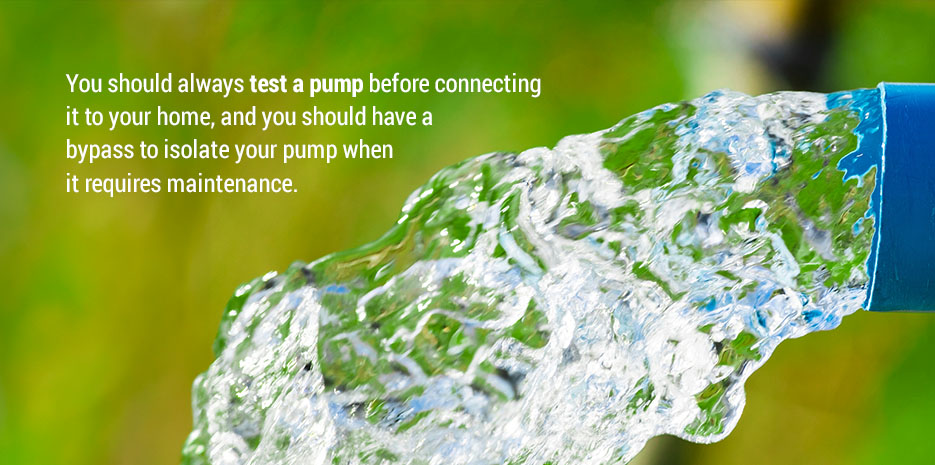
You should always test a pump before connecting it to your home, and you should have a bypass to isolate your pump when it requires maintenance. A bypass enables your home to continue receiving water while you tend to your booster pump.
How to Maintain Quiet Operation
A quiet booster pump makes for a peaceful, pleasant home. You can prevent or reduce vibrations and ensure your booster pump operates quietly with the following vibration isolators:
- Mounts or springs: Vibration mounts or springs absorb medium-level vibrations to help a booster pump operate quietly. You can also fit vibration springs to your pipework to prevent connected pipes from vibrating against your building.
- Inertia base: You can construct an inertia base to absorb vibrations if your pump emits a lot of noise.
Frequently Asked Questions
Learn more about water pressure booster pumps with the following frequently asked questions (FAQs):
How Should I Maintain My Pressure Pump?
You can extend your booster pump's life span with the proper maintenance. Periodically shut your system down and check for the following signs of wear to ensure your pump is in good condition:
- Rust
- Leaks
- Cracks
- Loose bolts or frames
- Motor and shaft misalignment
- Lack of lubrication on the bearings
- Abnormal readings on the pump's pressure and discharge gauges
You should also inspect your pump and seek maintenance assistance if you notice unusual flow rates or pressure readings while your booster pump is running. Excessive vibration is another sign the pump needs attention. You can contact ePumps at (844) 378-6771 for maintenance troubleshooting.
How Much Should I Increase My Water Pressure?
Increasing your water pressure is beneficial if you have a low-pressure system. However, you should avoid increasing the pressure above 60 pounds per square inch (PSI) to protect your plumbing system and water appliances from damage.
Increase Your Home's Water Pressure With a Quality Booster Pump From ePumps
If you're wondering how to improve low water pressure, a water pressure booster pump can significantly enhance your home's water system. Vertical multi-stage pumps are pressure boosters that apply increased force. With this additional force, they can push water upward or across long distances for enhanced pressure.
ePumps offers high-quality water pressure booster pumps to help you improve your water fixture functions. From more efficient dishwashing to more enjoyable showers, the right booster pump can make your life more convenient and help you save money on energy and water bills.
The ePumps team provides top-notch customer service and is dedicated to meeting each customer's needs. We can help you find the perfect booster pump for your home and walk you through the installation process over the phone. Our experts have the knowledge to assist you in choosing the right pump size based on your home's location, water consumption and flow rate. Browse our selection of water pressure booster pumps, and contact us at (844) 378-6771 to learn more about how we can help you improve your home's water pressure.


